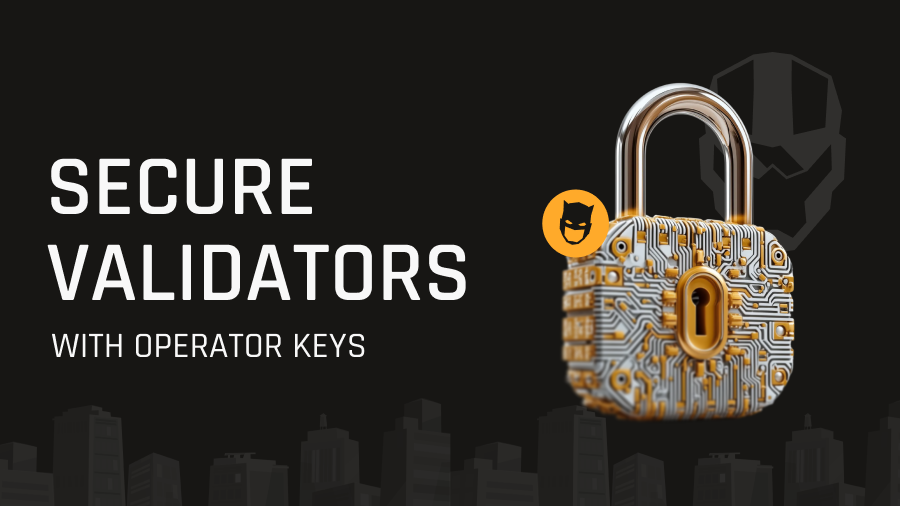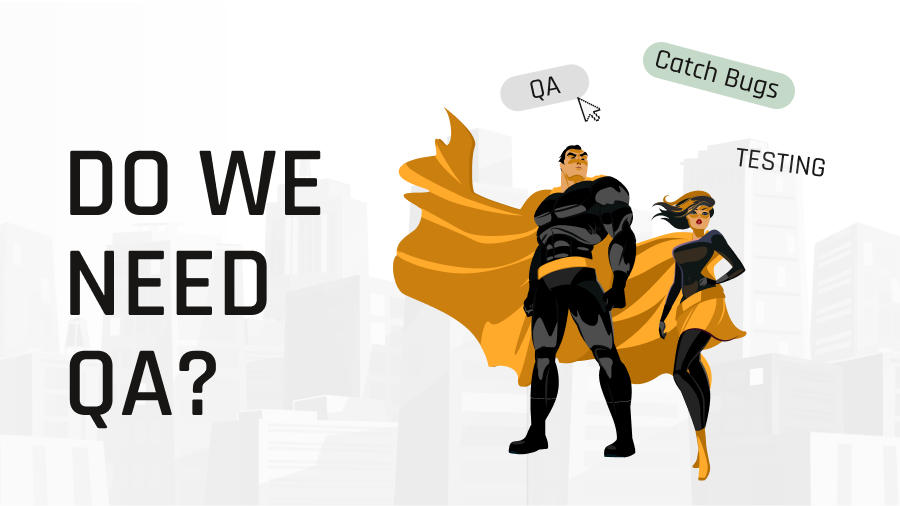Running a validator is important for every Proof-of-Stake blockchain. Validators help keep the network safe, process transactions, and support decentralization.
But today, becoming a validator is still difficult. Many people, including technical users, struggle with server setup, key security, and constant monitoring. For users who are new to blockchain, the process can feel almost impossible.
At CIDT, we work with teams that want to make validator operations easier and safer. One solution that makes a big difference is the Operator Key. It is a simple but powerful way to protect users and reduce risk.
In this article, we explain:
- why validator operations are often complicated
- what an Operator Key is
- how it makes validation safer and more accessible
- what networks and platforms can gain from this model
Why running a validator is still hard
To run a validator today, users usually need to:
- manage servers and keep them online 24/7
- install and update node software
- protect private keys
- avoid downtime and possible penalties
If something goes wrong, for example if a server is hacked, a user can lose control of their funds.
This happens because many networks still use an older model where one private key controls both funds and validator operations.
This creates two big problems:
- High technical requirements
Many users cannot run a secure validator on their own. - High security risk
If someone gets access to the validator server, they may also access the key that controls funds.
The industry needs a safer and simpler model. Many blockchain projects that work with CIDT look for solutions like this when defining their validator strategy.
Operator Keys: a safer way to manage validators
An Operator Key is a special key used only for validator operations.
It cannot move funds or withdraw rewards.
This creates a clear separation:
- Owner Key controls funds
- Operator Key manages the validator
Why this matters
- Owners keep full control
Your funds stay in your wallet. They never touch the validator server. - Operators get only limited permissions
They can help manage the validator, but they cannot access your money. - Simple delegation
A user can let a platform or a professional team run the technical part with no risk of losing funds. - Easy replacement
If the operator is not performing well, the key can be replaced quickly.
This makes the whole process safer and easier for everyone.
How Operator Keys work (in simple words)
Here is the basic idea:
- The blockchain checks what each key is allowed to do.
- The Operator Key can only sign actions related to running a validator.
- The Owner Key is needed for anything related to funds.
- If the operator changes, you can assign a new Operator Key without touching your assets.
This gives validators a safer and more modern workflow.
If your product needs improved key management or non-custodial flows, CIDT can help design the right architecture for you.
How platforms can use Operator Keys
Validator platforms and staking tools can use Operator Keys to create simple onboarding flows.
For example, a platform could allow users to:
- start a validator without managing servers
- keep full control over their funds
- let the platform take care of uptime and monitoring
- enjoy a fast and easy setup
The Operator Key makes this possible without giving the platform access to user assets.
This approach is also useful for Web3 wallets, staking apps, and mobile onboarding flows.
What this means for networks and teams
Operator Keys unlock several benefits for blockchain projects.
For networks
- more people can become validators
- lower risk of key loss
- stronger decentralization
For platforms
- safer Validator-as-a-Service models
- simpler onboarding and better user experience
- the ability to support many users with a wide range of skill levels
For users and institutions
- no need to manage servers
- no exposure of private keys
- full control over funds at all times
How CIDT supports validator infrastructure
At CIDT, we help teams build safe and scalable validator systems.
We support our clients with:
- Operator Key architecture and implementation
- secure validator infrastructure and monitoring
- automated Validator-as-a-Service platforms
- user-friendly onboarding flows
- protocol upgrades for safer key management
Our goal is to help networks grow without adding more risk.
Want to improve your validator experience?
Talk to our blockchain architects.
We will help you design a secure and scalable validator system that works for your network and your users.





.png)










.svg)